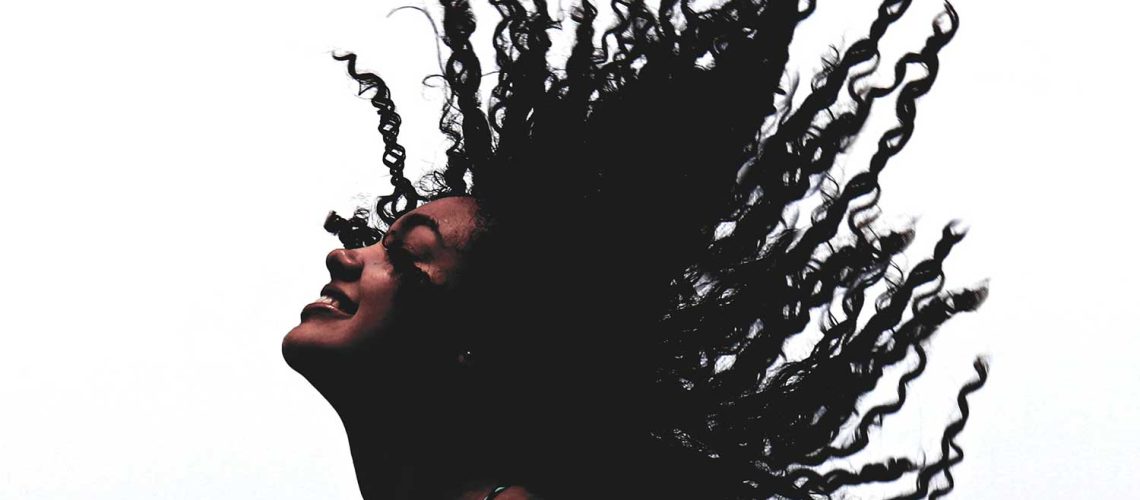Hair braiding has long been practiced worldwide as an art form. A centuries-old practice, its creative and intricate nature are deeply embedded within culture and history; yet we don’t know where exactly its origin lies. To discover this answer we must travel further back in time to untangle its history. The main part of braiding that we will be discussing in this article, will be related to African hair braiding.
Ancient Hair Braided Practice
Hair braiding may have originated more than 30,000 years ago, in modern-day Austria and then North Africa during the Bronze Age and Iron Age, according to Wikipedia.
Africa
Braids in West and Southern Africa had more than aesthetic significance for individuals or tribes in these regions; instead they served an important symbolic function, signifying age, social standing and even martial prowess of individuals or tribes. Furthermore, specific braid patterns could indicate tribal affiliation.
African Tribes
West African Fulani tribe children would often wear intricate braids adorned with cowrie shells and their family’s silver coins to show off their wealth, while many South African tribes used Bantu knots braiding techniques as protection.
Religious Beliefs
Braided hair was often associated with religious symbols in various cultures, like Hindu God Shiva who often depicted himself with snakes braided into his locks.
Braided Hairstyles Are Becoming Global Trends
Braid hairstyles have evolved through centuries and now spread all around the world, taking on new forms while becoming cultural icons.
Box Braids and Cornrows:
Box braids were made popular during the 90s by African American celebrities like Janet Jackson, these styles draw their roots from African culture as both stylish and protective styles for natural hair. Box braids can also be traced back as far as 3500 B.C., according to Genesis Career site. Cornrows started between the 16th and 19th century according to Beds SU.
Related: Box Braids Vs Cornrows
French and Dutch Braids:
While named after European countries, these braid styles likely date back further in history – for instance, ancient Greek art depicted the classic “French” braid!
Native Americans:
Braids have historically been used by various Native American tribes as symbols of personal identity and tribal membership, much as Vikings were famous for styling their long hair into multiple braids.
It’s more than just a hairstyle: The Cultural and social art of braiding
African American Community:
Within African American communities, braiding has long been seen as an opportunity for women and younger children to bond together while sharing stories, engaging in ancestral traditions, and keeping ancestral cultures alive.
African Cultures:
Braiding patterns and styles often serve to indicate one’s tribe, family history or even professional status in many African cultures.
Braids as Symbol of Resistance:
For African Americans during slavery, braids served as an underground form of protest. Slaves would weave intricate designs in cornrows – often creating maps leading towards freedom – as an effort at resistance and subversive behavior.
Today, braided hairstyles such as Fulani braids, Ghana braids, and box braids continue to make a global statement. Celebrated as artistic expression and cultural pride symbols alike, braids represent more than simply hairstyles – they represent history! Be it worn by young girls, African women or African American women – braids stand as pieces of history worn with pride by each wearer of them.
Conclusion
From ancient African tribes to contemporary New York streets, braided styles have found widespread popularity worldwide. Braiding originated as an art form in Africa long ago; today its popularity extends far beyond our ancient shores. When we admire beautiful braids with intricate patterns we pay homage to an artform passed down through generations and honor its culture and heritage.


